
Predicting the Woman Hairstyles of the Future: 7 Trends Shaping the Next Decade | Tech & Sustainability
12 min read

12 min read

12 min read

14 min read
Download our app to instantly see how you'd look with any hairstyle or color
Get the App
13 min read
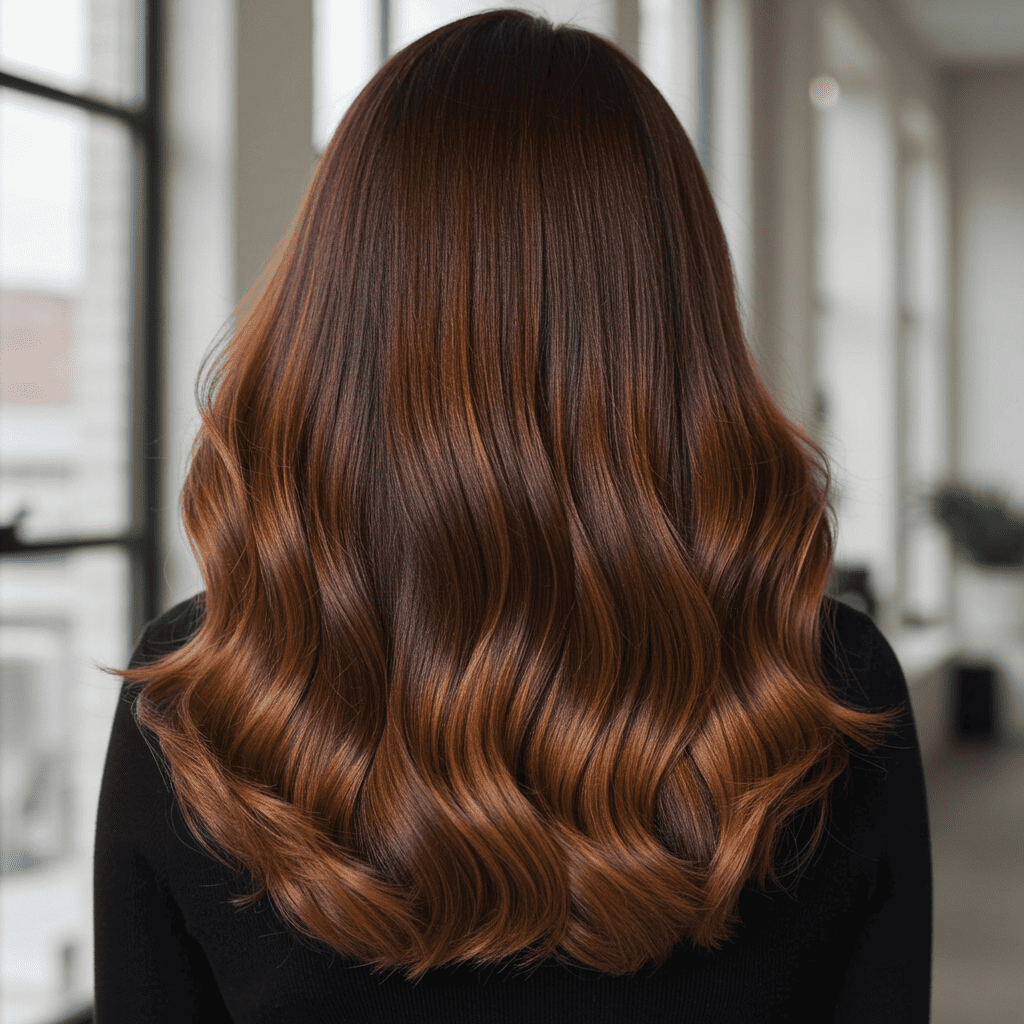
13 min read

17 min read
Download our app to instantly see how you'd look with any hairstyle or color
Get the AppCaring for curly hair is a journey of discovery. Unlike straight hair, curls have a unique structure—the twists and turns of each strand make it harder for natural scalp oils to travel down the hair shaft, leading to dryness and a higher susceptibility to frizz. But with the right knowledge and techniques, what seems like a challenge can become your greatest asset. This ultimate guide is designed to demystify the process, providing you with the expert knowledge needed to achieve the hydrated, defined, and frizz-free curls you've always wanted.
Embracing your natural texture is about understanding its specific needs. From identifying your unique curl pattern to mastering the art of drying without disruption, every step matters. This comprehensive post will walk you through the foundational principles of caring for curly hair, covering everything from cleansing routines and styling methods to nighttime protection and the importance of professional expertise. Prepare to transform your relationship with your hair and unlock its true, glorious potential.
---
Before you can effectively care for your curly hair, you must first understand its specific characteristics. Not all curls are created equal, and knowing your hair's type, porosity, and density is the critical first step in building a routine that works. This knowledge empowers you to select the right products and techniques that will nourish your hair rather than fight against it.
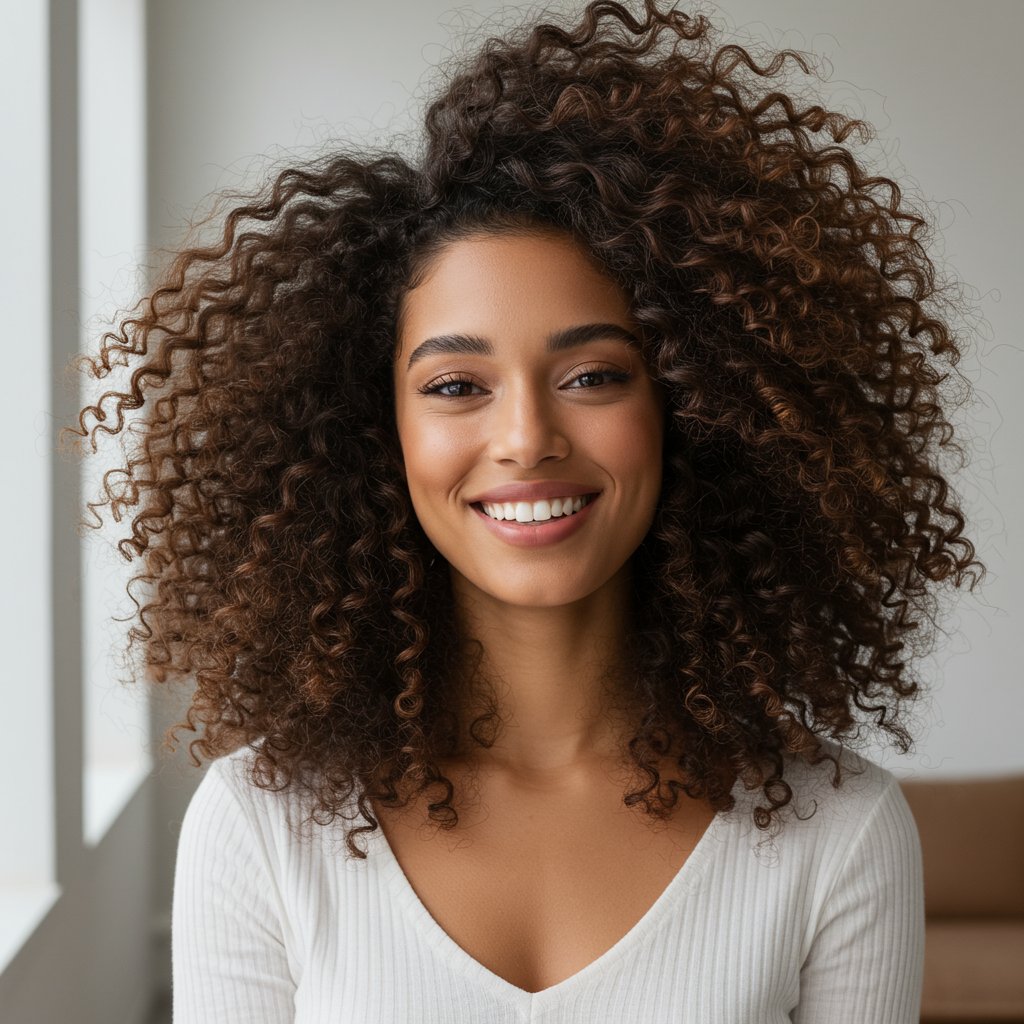
The most common system categorizes curls from Type 2 (wavy) to Type 4 (coily), with sub-classifications from A to C indicating the tightness of the pattern.
Porosity refers to your hair's ability to absorb and retain moisture, and it's arguably more important than curl type. To test it, place a clean strand of hair in a glass of water. If it floats, you have low porosity (cuticles are tightly sealed), if it sinks slowly, you have medium porosity, and if it sinks quickly, you have high porosity (cuticles are open). Low porosity hair needs lightweight products that won't just sit on top, while high porosity hair requires richer creams and butters to seal in moisture.
---
The foundation of any successful curly hair care routine begins at the sink. The way you wash and condition your hair sets the stage for everything that follows. Curls thrive on moisture, so the goal is to cleanse gently without stripping the hair of its natural, protective oils. This means rethinking traditional shampooing habits and embracing methods that prioritize hydration above all else.
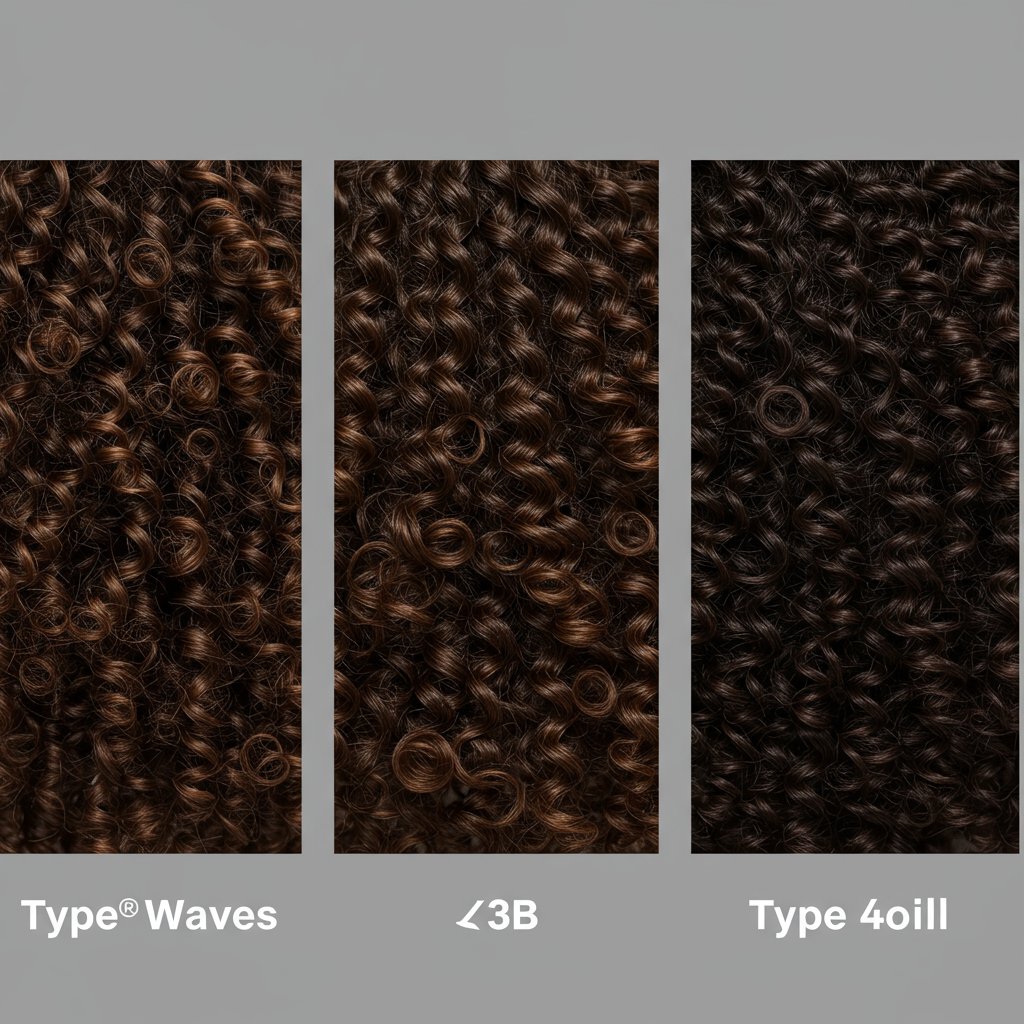
Harsh sulfates found in many conventional shampoos are a major enemy of curly hair, as they strip away moisture and lead to dryness and frizz. Opt for a sulfate-free shampoo or a cleansing conditioner (co-wash). A co-wash is a conditioning product with mild cleansing agents that cleanses the hair without the lathering and stripping effects of shampoo. It's an excellent choice for those with very dry or coarse curls. For those with finer waves or oily scalps, alternating between a sulfate-free shampoo and a co-wash can provide the perfect balance.
Conditioner is non-negotiable for curly hair. After cleansing, apply a generous amount of a silicone-free conditioner from the mid-lengths to the ends. To ensure even distribution and begin the detangling process, use your fingers or a wide-tooth comb while the conditioner is in your hair. A popular and effective technique is "squish to condish," where you cup water in your hands and scrunch it upwards into your hair. This encourages curl clumping and helps the hair absorb more moisture. For an extra boost of hydration, incorporate a deep conditioning treatment or hair mask into your routine once a week. Let it sit for 20-30 minutes—for even better penetration, use a shower cap to trap heat.
---
How you apply your styling products is just as important as the products themselves. The key to achieving defined, frizz-free curls is to apply stylers to very wet hair. This helps to lock in moisture, encourage curl clumps to form, and evenly distribute the product without causing friction or disrupting your natural pattern. Working in sections ensures that every strand gets the attention it needs for a consistent, beautiful result.
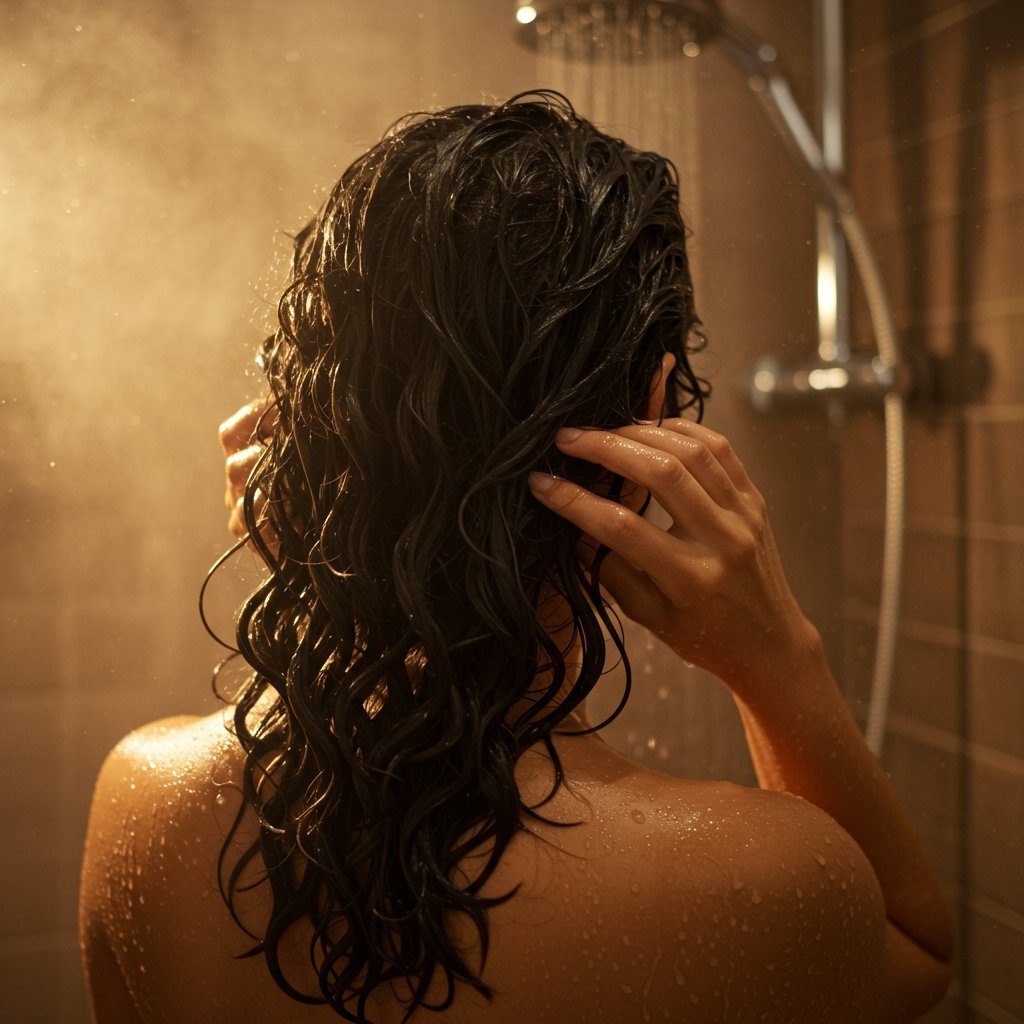
Many people with curls find success with layering products using methods like LOC (Leave-in, Oil, Cream) or LCO (Leave-in, Cream, Oil). This technique strategically layers products to maximize moisture retention.
The order can be swapped to LCO depending on what your hair prefers. Experiment to see which method leaves your curls feeling soft and defined for longer.
---
The drying phase is a critical moment in any curly hair routine where frizz can easily be created. The friction from a standard terrycloth towel can rough up the hair cuticle, immediately disrupting your carefully formed curl clumps. The goal is to remove excess water gently, allowing your curls to set in their natural shape without disturbance.

Instead of a rough towel, use a soft cotton T-shirt or a microfiber towel. These materials absorb excess water without creating frizz-inducing friction. A popular technique is "plopping," where you lay the T-shirt or towel on a flat surface, flip your hair forward onto it, then wrap it up like a turban. Plopping helps to absorb moisture while encouraging curl definition and volume at the root. Leave it on for 10-20 minutes before air-drying or diffusing.
Air-drying is the gentlest option, but it can take a long time and may result in less volume. If you air-dry, try to touch your hair as little as possible while it's drying. For more speed and volume, diffusing is the way to go. A diffuser is a bowl-shaped attachment for your blow dryer that disperses airflow to dry curls gently. Use your dryer on the low speed and low heat setting. You can either hover the diffuser around your head or use the "pixie" diffusing method: place a section of curls into the diffuser bowl, bring it up to your scalp, and hold for 30-60 seconds before turning the dryer off and moving to the next section. Once your hair is about 80% dry, you can let the rest air-dry to prevent over-drying the strands.
Many styling products, especially gels, create a hard "cast" around the curls as they dry. This cast is a good thing—it protects the curl pattern and prevents frizz while drying. Once your hair is 100% dry, you can gently scrunch out the crunch by cupping your curls and squeezing upwards. You can use your bare hands or add a drop or two of a lightweight hair oil to your palms to add shine and further reduce any potential frizz.
---
You've spent all this time perfecting your wash day routine, only to wake up with flattened, frizzy curls. Sound familiar? Protecting your hair while you sleep is the secret to extending the life of your hairstyle and making your mornings easier. The friction from cotton pillowcases can absorb moisture and create frizz, so switching up your nighttime habits is a game-changer.
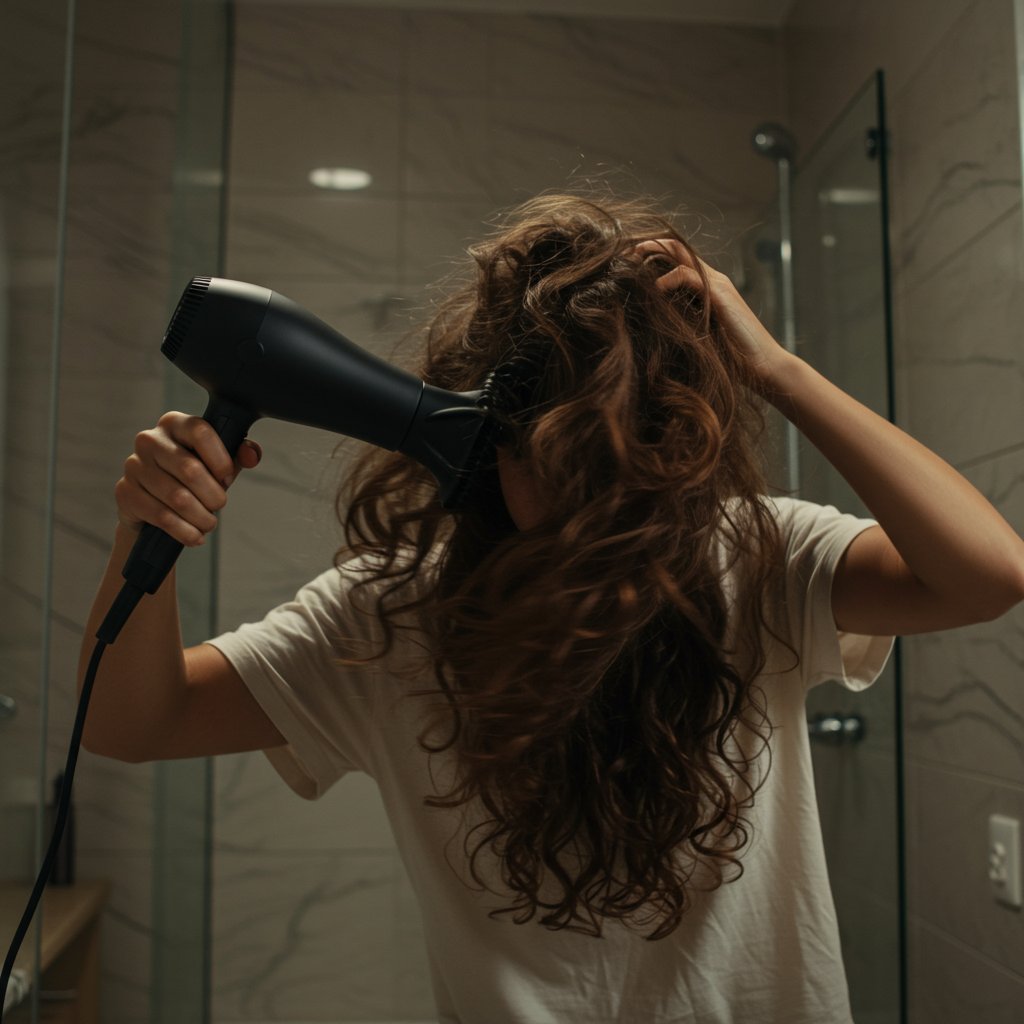
A popular technique for preserving curls overnight is the "pineapple." This involves gathering your hair into a very loose, high ponytail on top of your head, secured with a gentle tie like a scrunchie or an Invisibobble. This protects the length of your hair from being crushed and flattened while you sleep. For shorter hair, you can create multiple mini-pineapples.
Swap your cotton pillowcase for one made of silk or satin. These materials have a smooth surface that creates far less friction, allowing your hair to glide over it as you move in your sleep. This simple change helps reduce frizz, prevent tangles, and retain moisture. For an extra layer of protection, or if you find your hair still escapes the pineapple, a satin bonnet or scarf is an excellent option. It fully encases your hair, keeping your curls pristine and protected all night long.
---
While a great at-home routine is essential, periodic professional care from a stylist who specializes in curly hair can elevate your results to the next level. Experienced stylists understand the unique architecture of curls and can provide cuts and treatments that enhance your natural texture, promote hair health, and make your daily routine easier.
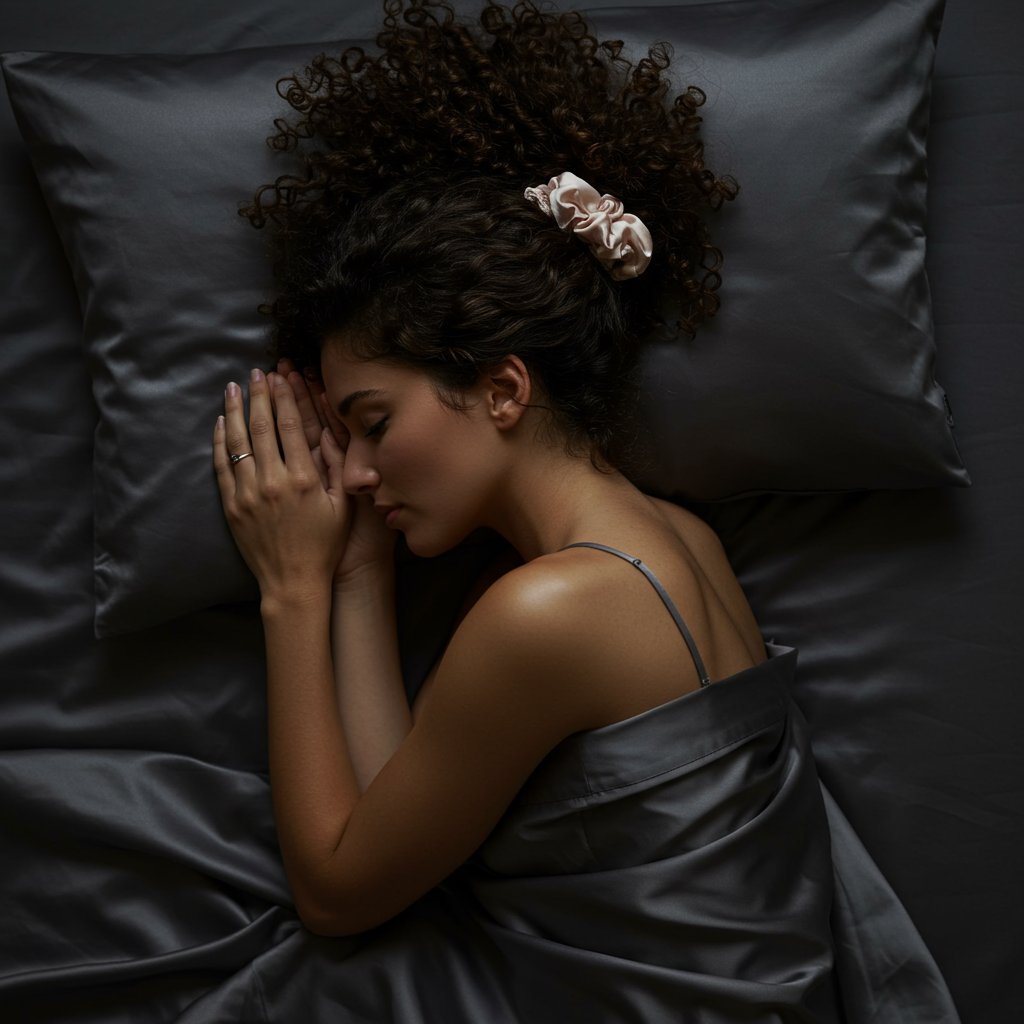
A specialized dry cut is often the best approach for curly hair. Cutting curls while they are dry and in their natural state allows the stylist to see how each curl falls and sculpt the hair strand by strand. This method accounts for varying shrinkage and curl patterns throughout the head, ensuring a beautifully blended shape that avoids the dreaded "triangle" or pyramid look. Regular trims every 3-4 months are also crucial for removing split ends, which can travel up the hair shaft and cause breakage and frizz.
Professional salons offer intensive treatments that can address specific curly hair concerns. A professional deep conditioning treatment can provide a level of hydration that is difficult to achieve at home. For hair that feels limp and overly soft, a protein treatment can help rebuild the hair's structure and restore its elasticity and bounce. Additionally, a gloss treatment can seal the hair cuticle, adding incredible shine and reducing frizz. Consulting with a stylist can help you determine which treatments will best benefit your unique hair needs.
---
Even with the perfect routine, factors like humidity or simply touching your hair too much can cause frizz to appear. Having a few tricks up your sleeve for quick touch-ups can keep your curls looking their best all day long.
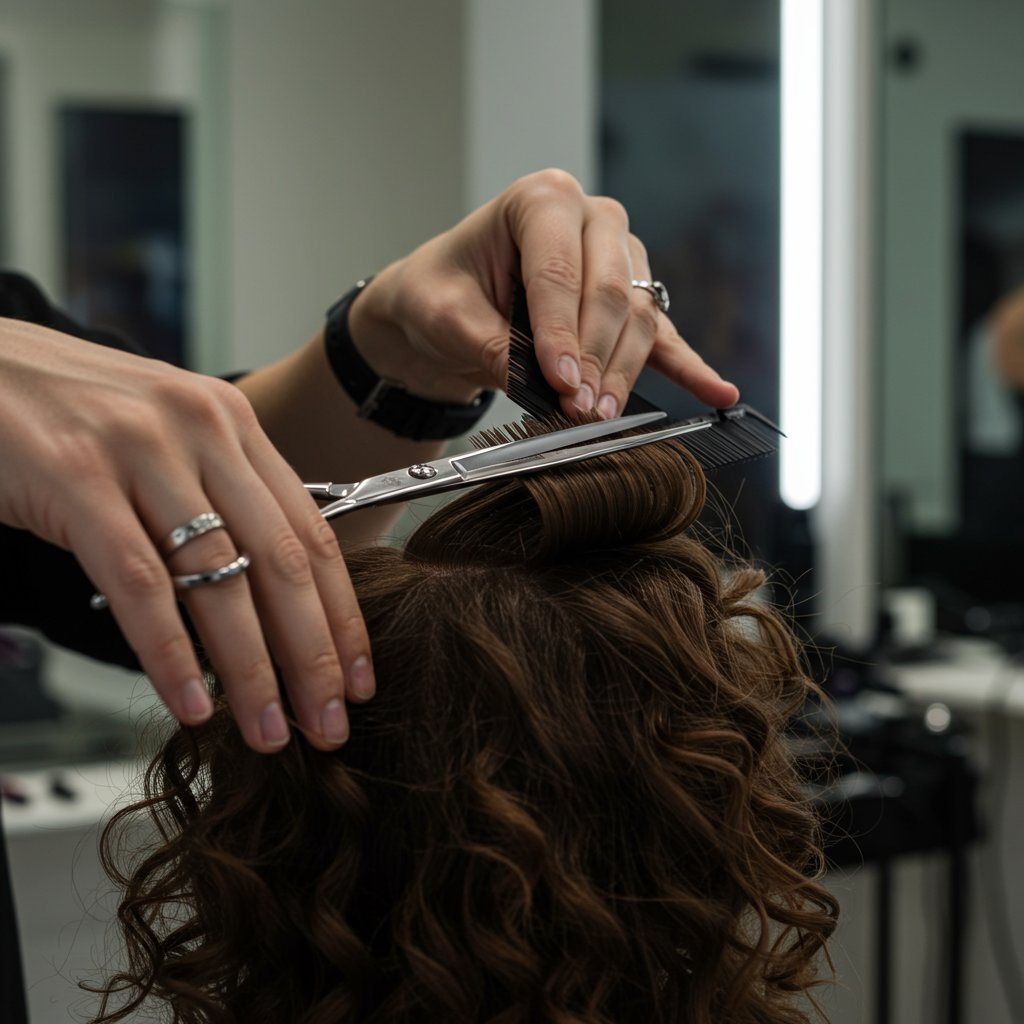
---
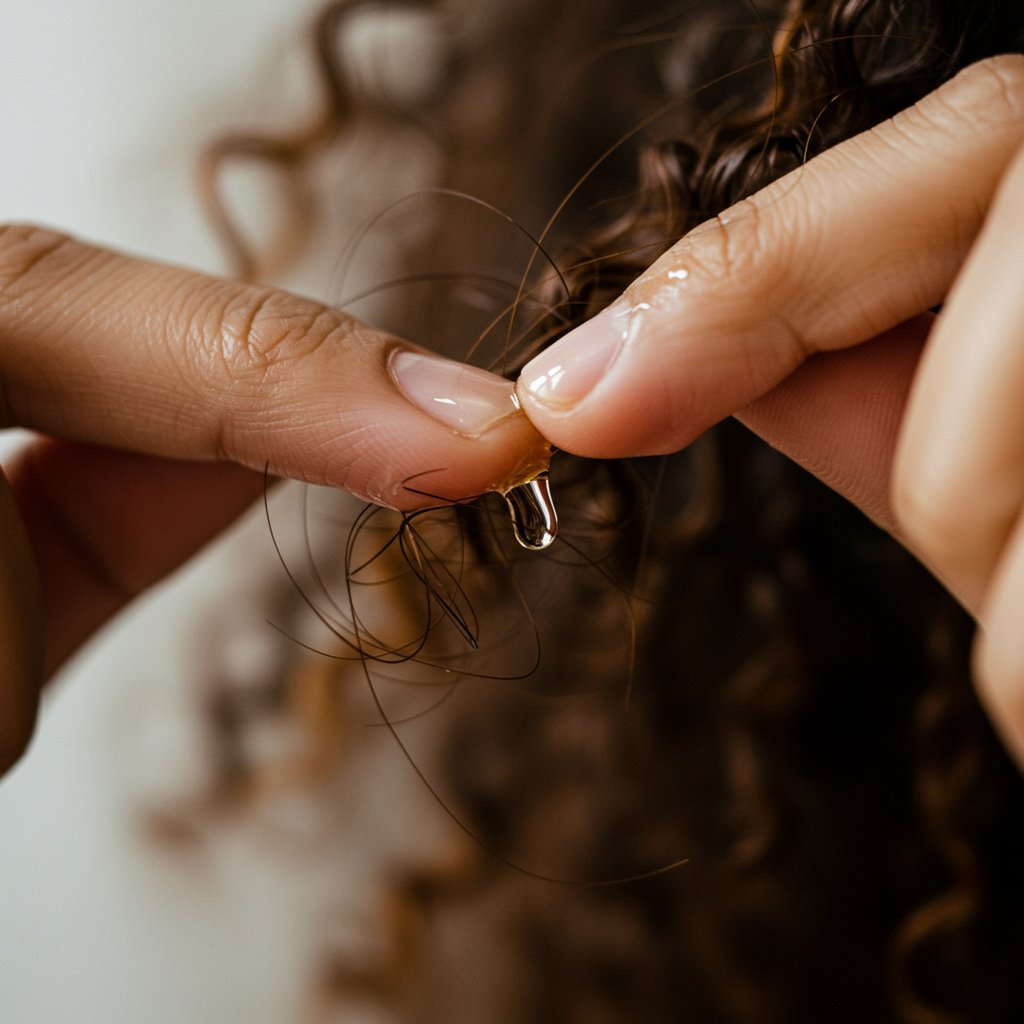
---
Caring for curly hair is a deeply personal and rewarding process. It requires patience, experimentation, and a willingness to listen to what your hair truly needs. By understanding your curl pattern, embracing a moisture-focused routine, and protecting your hair from friction, you can finally achieve the consistent, healthy, and frizz-free curls you deserve.
Remember that this guide is a starting point. Your journey is unique, and the holy grail products and techniques for you may be different from someone else's. Celebrate every small victory, be kind to your hair on its less-than-perfect days, and never underestimate the power of a great, curl-literate stylist. Embrace the beauty of your natural texture—it's a crown you wear every day.
Download our app to instantly see how you'd look with any hairstyle or color
Get the App
12 min read

12 min read

14 min read